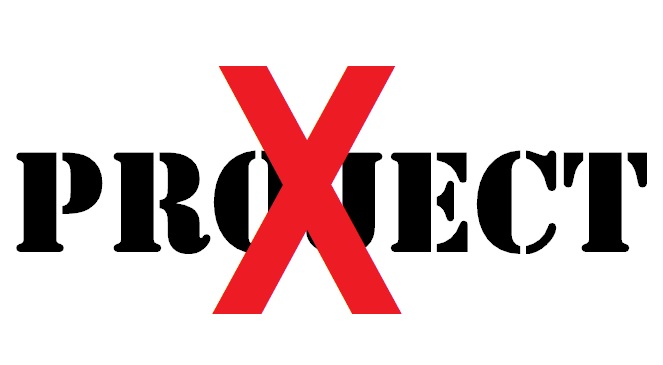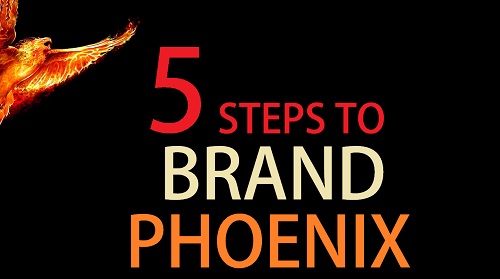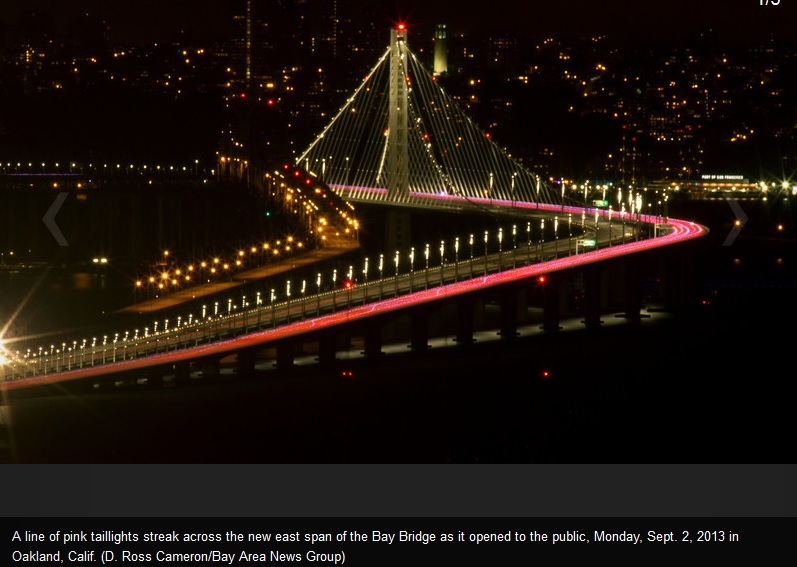The Website Is Not a Project
In my latest Search Engine Watch Article I present my case for updating the definition of the website. For years, countless websites have been lost in the gauntlet of what I call ‘project-dom”. Myopic focus on elements of the website process (design, SEO, content, programming, etc.) has distracted businesses and brands from embracing the website as an extension of the business. As a result, resources are invested before proper strategic planning occurs – resulting in disappointing, if not devastatingly dismal results.
The New Definition of a Website
Rather than the historic definition of the website as a technological connection between pages using links, I suggest that the definition of the website be updated. I provide the following new and more current definition in my book:
“A digital environment capable of delivering information and solutions and promoting interaction between people, places, and things to support the goals of the organization it was created for.”
– from the book ‘Million Dollar Websites” written by Rebecca Murtagh.
This perspective has spurred a flurry of discussion in the industry. The reaction from the web industry has been overwhelmingly positive. However, the challenge will lie in educating businesses and empowering them with the insight and education to feel empowered to lead the website process.
For years, I have been educating businesses and brands to treat the website as a dynamic extension of the business or brand, rather than a static marketing or sales communication project that has a beginning and an end. This may seem complex to many, however a methodical approach and a little bit of planning is all it takes to transform the website from being an expense to a business asset.
One of the fundamental shifts I propose must occur for this perspective to yield positive results is that the business or brand take ownership of the brand. So, rather than letting the web designer, webmaster taking the lead, the website is more likely to deliver immediate and long-term results when the business leads the process.
The Website Does Not Begin With Design
This is where most organizations think the website process begins. High-performance websites do not begin with design, but rather a deliberate process that provides the necessary information needed to create the design that will serve the goals of the organization.
Web designers and developers tell me over and again that they are not mind-readers. And, that very often, a brand will provide a competitive website as a design reference and ask for something similar to be created. Unfortunately, this website will be destined to fail without being guided by the strategic goals of the business, being tailored to the audiences it serves, and deliberate consideration of how the website facilitates conversion. Design is a method of solving problems. It is incumbent upon the business to be able to provide the information needed for designers and developers to apply their talent. Being prepared, providing a strategic vision, sitemap, visitor personas, brand essence, etc. goes a long way in advancing the process to achieve optimum performance effectively and cost efficiently. I cover these aspects of website planning thoroughly in my book; Million Dollar Websites: Build a Better Website Using Best Practices of the Web Elite in E-Business, Design, SEO, Usability, Social, Mobile and Conversion accompanied by worksheets to facilitate the process of these important tools.
Hear a Podcast of web and internet marketing professionals Erin Sparks and Douglas Karr review the post and expand on my post here:
(Discussion about this topic begins around 14:20)
Thanks to all who have shared, commented and continue to support this discussion!








